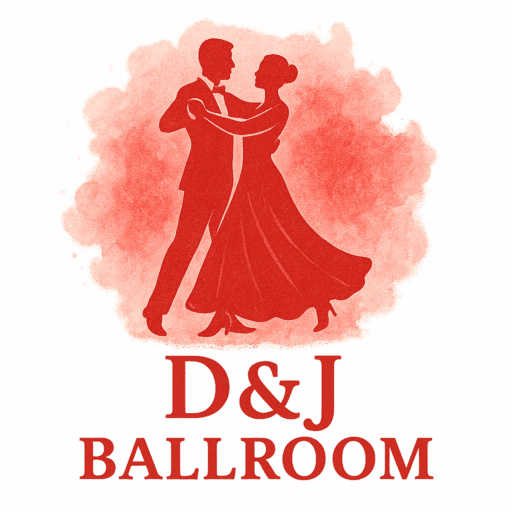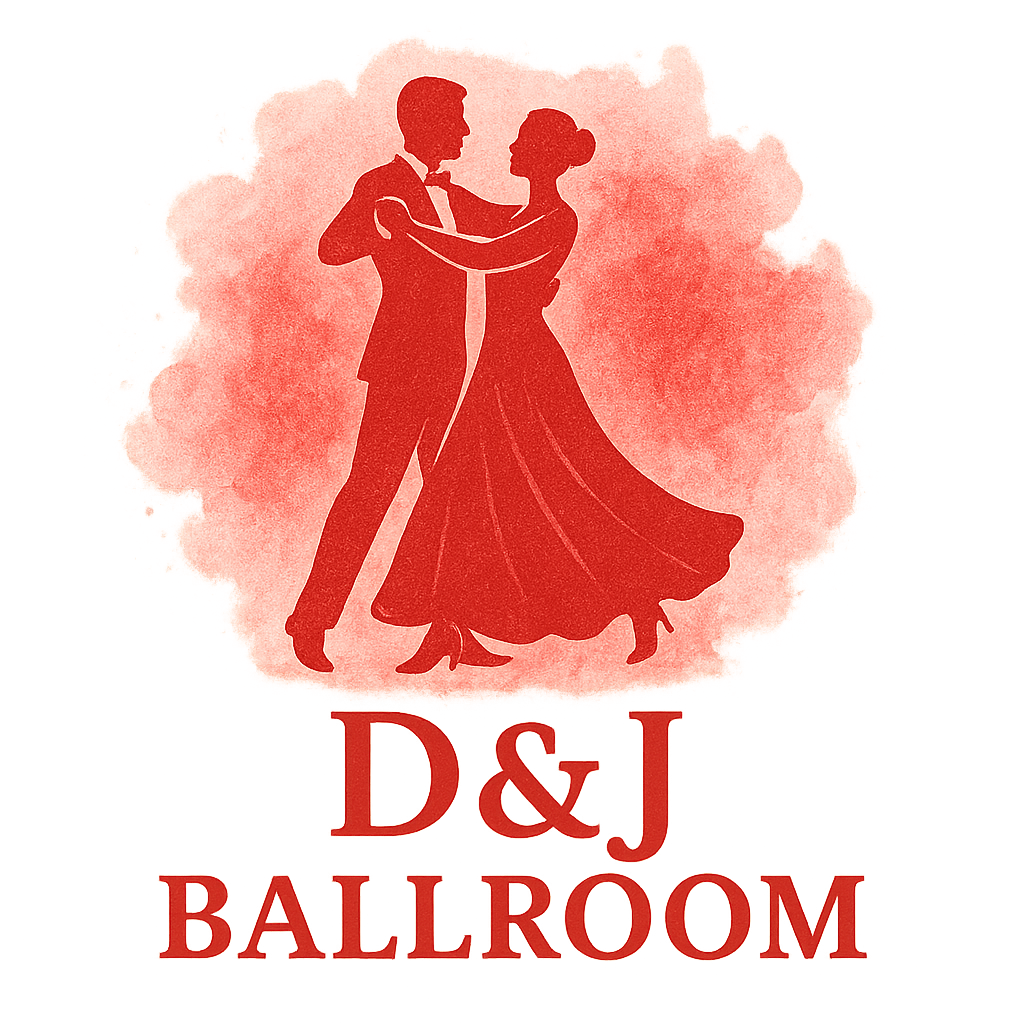Introduction: Why Evening Ballroom Drills Matter
After a busy day, it’s tempting to collapse on the couch or scroll endlessly on your phone. But what if you could unwind while also improving your dance skills? Practicing evening ballroom technique drills is one of the most effective ways to both relax and refine your movements.
Ballroom dance isn’t only about dazzling performances—it’s also a deeply calming practice when approached with mindfulness. In fact, incorporating simple drills into your nighttime routine can help release tension, sharpen technique, and prepare you for better rest.
If you’re new to ballroom, you might enjoy reading more about its history and cultural roots. Understanding where the art form comes from makes every drill feel more meaningful.
The Connection Between Relaxation and Ballroom Dance
How Evening Ballroom Technique Drills Reduce Stress
Ballroom has always blended elegance with discipline. The repetition of movements, synchronized with music, helps regulate your breath and calm racing thoughts. Just like yoga or meditation, ballroom drills create flow, a state where stress melts away.
If you’re curious about the therapeutic benefits of ballroom, check out this guide on training techniques that dancers use to balance skill-building with relaxation.
Mind-Body Benefits of Practicing at Night
Evening practice is unique. Your body is winding down, your mind is craving calm, and ballroom drills provide both. Slow, fluid movements before bed can ease muscle tightness, reduce cortisol, and set the stage for quality sleep.
Preparing for Evening Ballroom Practice
Setting the Right Environment
Your environment shapes your experience. A cozy corner with dim lighting, maybe a candle, and a playlist of ballroom dance styles in softer tempos can transform your living room into a mini dance studio.

Choosing Comfortable Ballroom Attire
Forget sequins and tailcoats—those are for the competition floor. For evening drills, think stretchy pants, breathable tops, and soft shoes or socks. If you want ideas for practice outfits, this article on ballroom attire and fashion has great tips.
Importance of Proper Warm-Up
Even a gentle session benefits from a warm-up. Try ankle circles, arm stretches, and a minute of slow walking in rhythm. A proper warm-up protects your joints and makes the drills feel smoother.
Evening Ballroom Technique Drill #1: Posture Reset Flow
How to Perform the Drill
- Stand with feet hip-width apart.
- Roll shoulders back and down.
- Imagine a string lifting your head upward.
- Shift weight slightly forward.
- Hold 30 seconds, then release. Repeat 5 times.
Relaxation Benefits
This drill helps undo “desk posture.” A few rounds realign your spine, open your chest, and instantly make you feel taller and lighter.
Evening Ballroom Technique Drill #2: Breath-Synchronized Frame Hold
Step-by-Step Guide
- Lift your arms into frame position.
- Inhale as your chest expands.
- Exhale slowly while keeping the frame stable.
- Repeat for 6–8 cycles.
Why It Works for Relaxation
This combines ballroom structure with breathwork. Your frame strengthens without stiffness, and your nervous system shifts into relaxation mode.
You can compare this to techniques used in competition preparation where dancers maintain control under pressure.
Evening Ballroom Technique Drill #3: Slow Waltz Balance Sways
Execution Tips
- Stand in closed position, solo or with a partner.
- Sway side to side in time with slow waltz music.
- Keep knees soft and movements flowing.
- Continue for 2–3 minutes.
How It Calms the Body
The waltz is known for its smooth, continuous motion. Practicing sways at night is like being gently rocked—it soothes the nervous system and eases the transition into rest. To explore the waltz further, read this feature on the timeless beauty of the Waltz.
Evening Ballroom Technique Drill #4: Gentle Tango Walk Alignment
Correct Method
- Take slow, deliberate tango walks.
- Engage your core and lift your chest.
- Focus on grounded, precise steps.
Stress-Relief Impact
Unlike the fiery, dramatic tango of competitions, this slowed-down drill channels grounding energy. It reconnects you with your body and helps release lingering daytime stress. Learn more about tango’s distinct technique to deepen your practice.
Evening Ballroom Technique Drill #5: Mindful Rumba Hip Rolls
Technique Details
- Take a rumba stance.
- Slowly roll hips in figure-eight motion.
- Inhale on one side, exhale on the other.
Relaxation and Fluidity Gains
This drill is fantastic for releasing hip and lower back tension. Think of it as a moving massage—perfect after sitting or standing for hours. For deeper context, see the different ballroom dance styles where rumba plays a starring role.
Combining the Drills into a 20-Minute Evening Routine
Ideal Sequence
- Posture Reset Flow – 3 minutes
- Breath-Synchronized Frame Hold – 4 minutes
- Slow Waltz Balance Sways – 5 minutes
- Gentle Tango Walk Alignment – 4 minutes
- Mindful Rumba Hip Rolls – 4 minutes
Customizing for Personal Needs
Whether you’ve had a stressful workday or you’re prepping for ballroom competitions, adjust the timing to fit your energy. Even 10 minutes can create noticeable calm.
Common Mistakes to Avoid in Evening Ballroom Technique Drills
Overexertion at Night
Keep drills light. Evening is not the time for explosive energy or high-performance stamina.
Ignoring Breathing Patterns
If you forget to sync breath with movement, you’ll miss out on much of the relaxation benefit.
Pro Tips for Maximizing Relaxation from Ballroom Practice
Using Music for Stress Relief
Pick calming tracks—slow waltz, rumba, or foxtrot. The right music carries you into flow. Browse some curated playlists under ballroom training resources.
Partner vs. Solo Drills
Practicing with a partner creates connection; solo practice allows introspection. Both are valuable depending on your evening mood.
Long-Term Benefits of Evening Ballroom Drills
Physical Well-Being
These drills improve posture, flexibility, and coordination over time. They’re gentle yet effective body conditioning.
Mental Resilience
A nightly ballroom routine acts like meditation in motion. It reduces stress, sharpens focus, and helps you handle challenges—on the dance floor and in life.
Conclusion
The beauty of ballroom lies in its versatility—it can be competitive, social, or restorative. Practicing evening ballroom technique drills offers a calm yet effective way to polish your skills while letting the stress of the day dissolve.
So tonight, instead of mindlessly scrolling, try these five drills. Let your body sway, your breath deepen, and your mind settle into peace.
FAQs
1. Can I do evening ballroom technique drills alone?
Yes! Many drills, such as posture and rumba hip rolls, work perfectly solo.
2. How long should I practice at night?
About 15–20 minutes is ideal, but even 10 minutes works.
3. Do I need special ballroom shoes?
No—socks or soft shoes are fine for relaxation drills.
4. Which drill is best if I only have 5 minutes?
The Slow Waltz Balance Sways provide a quick reset.
5. Can these drills improve competition performance?
Absolutely. Relaxed muscles and mindful control make for smoother dancing.
6. Should I use fast or slow music?
Stick to slower tempos at night for relaxation.
7. Will these drills help me sleep better?
Yes—they calm the nervous system and prepare your body for rest.


